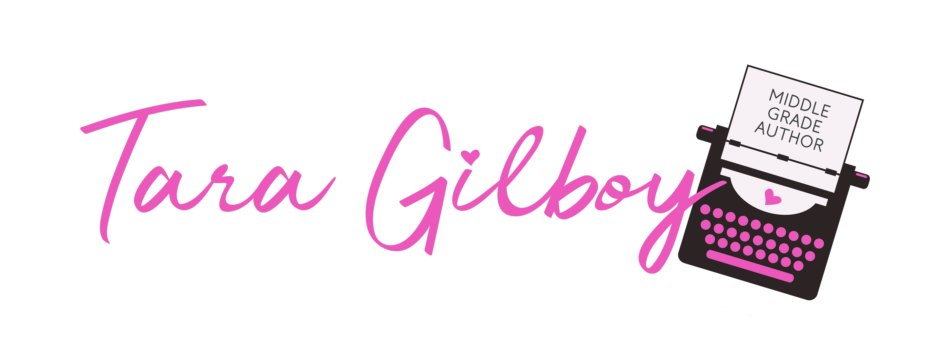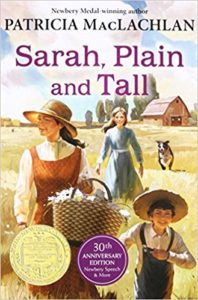Wow, I feel like I got so behind on this challenge! I haven’t forgotten about it – I promise! I had planned on reading But, Not Buddy for my next Newbery book, but I’ve been distracted because I’ve been reading so many other books lately. I’ve been doing research for a new project I’ve been working on, reading manuscripts for the creative writing class I teach, and reading ARCs of some of the new books that are coming out this year. I’m part of the Electric Eighteens debut group, and we’ve been passing around ARC copies and reading everyone’s books before their releases. There are some AMAZING middle grade and YA books coming out this year – I feel so lucky to be part of this wonderful group.
So that is why I got behind, and now, instead of writing about Bud, Not Buddy (which I will talk about next time), I wanted to write instead about the 1986 Newbery winner, Sarah, Plain and Tall. We read and discussed it in my children’s book writing class this week, and it was so fascinating to return to this book I loved so much as a child and discuss it with a group of writers.
The lesson that I took from Sarah, Plain and Tall is all about simplicity. It’s such a powerful novel that when I remember reading it as a kid, I remember it being much longer, but it’s actually only around 9000 words. This novel is beautifully and compactly written. The language is simple. Everything that does not need to be in the novel is stripped away. We get only what is absolutely necessary to the story. The complexities of character relationships are revealed in very subtle and specific details that speak volumes. For example, Anna’s inner turmoil about the fact that her mother died giving birth to her brother, Caleb, is painted so vividly with the simple phrase “Mama died the next morning. That was the worst thing about Caleb.” MacLachlan allows the details to stand on their own, without over-explaining things to the readers.
The plot, too, is not too complex, or cluttered up with subplots or extraneous characters and events. Every event and character serves an important function in the story. Even Maggie, who plays only a small role in the novel, serves as a “mirror” character: like Sarah, she too, was a mail order bride.
Another thing that’s lovely about this book is that it is historical fiction, but MacLachlan never states in the book what year it is, nor does she bog the reader down with historical information. She allows the historical details to stand on their own: they are part of the world the characters move in, and the characters are a product of their setting, but MacLachlan uses only what she needs for the story and nothing more. I’ve heard some writers worry that there isn’t a big market for historical fiction lately, but I think we simply need more historical fiction that is written like this: simple and spare, with compelling characters and engaging stories that kids will love.
Want a writing challenge? Check the simplicity of the language in your work-in-progress by pasting a section into this Fry Graph Readability Tool. It will give you information about the grade level associated with your vocabulary and sentence lengths.
xoxo,
Tara

